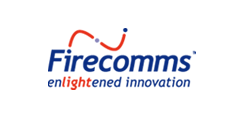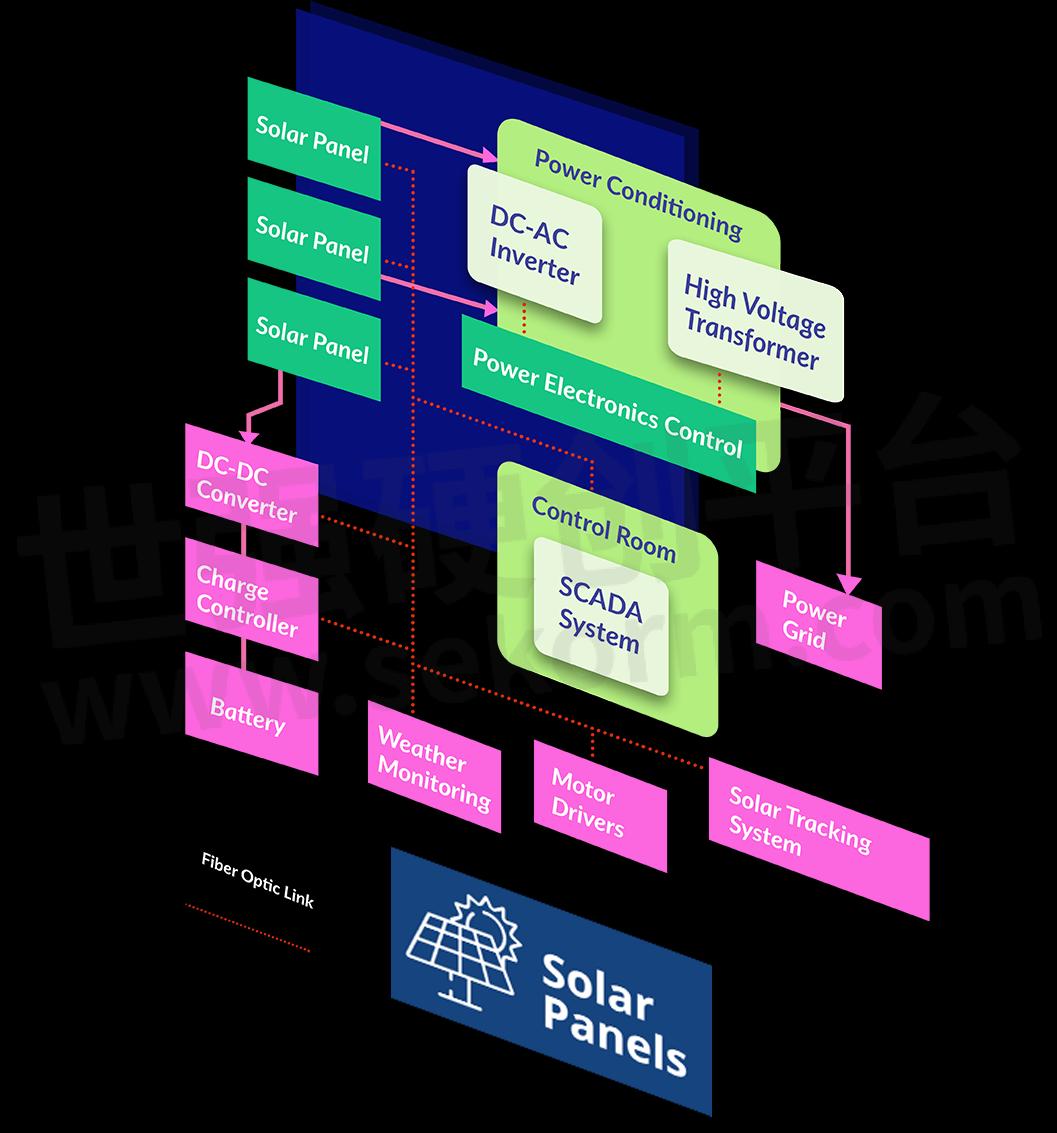Firecomms Fiber Optics for Renewable Energy Applications

Firecomms Fiber optic solutions deliver on the harsh demands of the wind and solar power industry, ensuring that the integrity of processed data not be compromised by rugged environments and extreme climates. Firecomms has developed light sources and communications ICs with the deep understanding of the stresses and strains placed on renewable energy applications. Our light sources use Resonant Cavity LED (RCLED) technology to ensure the strongest optical output at the lowest currents while preserving stability after decades of operation. Our robust receiver topologies guarantee error-free reception in high EMI fields.


Benefits of Firecomms Fiber Optics for Renewable Energy Applications
Firecomms products with Plastic Optical or Plastic Clad Fiber (POF/PCS) links offer many advantages in renewable energy applications:
EMI/RFI immunity ideal for industrial, harsh, noisy environments, such as high voltage DC
inverters motor controllers, and frequency inverters
Galvanic isolation between transmitter and receiver, ideal for complying with, or extending creepage and clearance distance requirements
Visible spectrum operation enables eye-safe, fast troubleshooting
Low power consumption, transmitters capable of operation at 3-4mA
Durable, flexible and lightweight
Resilient to bending and vibrations
High reliability for extended machine uptime
Industrial temperature in range of -40 to +85℃
Reduced maintenance cycle time provides up to a 20-year lifecycle on transceivers and cables
Simplified field installation for easy termination of large core optical fibers in custom distances
- +1 Like
- Add to Favorites
Recommend
- What Are the Specific Classification Methods of Fiber Optical Products?
- How to Achieve Precise Connection of Optical Fibers with Fiber Connectors?
- What’s Fiber Array?
- How to Use Bare Fiber Adapters?
- Selection and Detection of Fiber Optic Patch Cord
- What Is the Relationship Between 5G and Fiber Optics?
- The Difference Between 100G QSFP28 Fiber Optical Transceiver and 100G CFP4 Fiber Optical Transceiver
- The Difference Between Fiber Patch Cord and Fiber Pigtail
This document is provided by Sekorm Platform for VIP exclusive service. The copyright is owned by Sekorm. Without authorization, any medias, websites or individual are not allowed to reprint. When authorizing the reprint, the link of www.sekorm.com must be indicated.





























































































































































































































































































































































































































































































































































































































































































































































































































































































